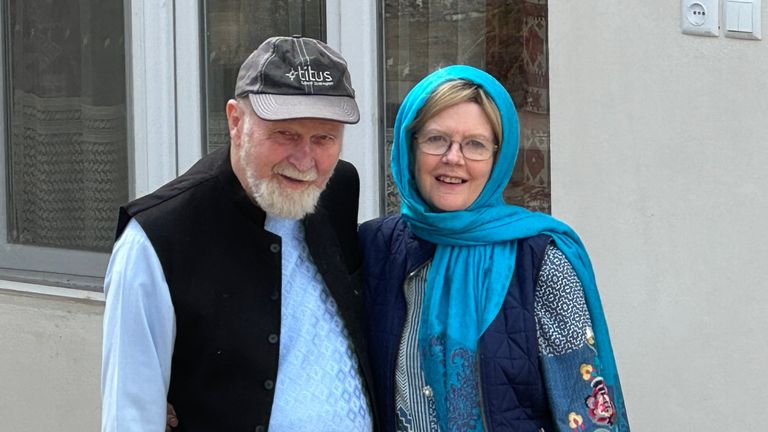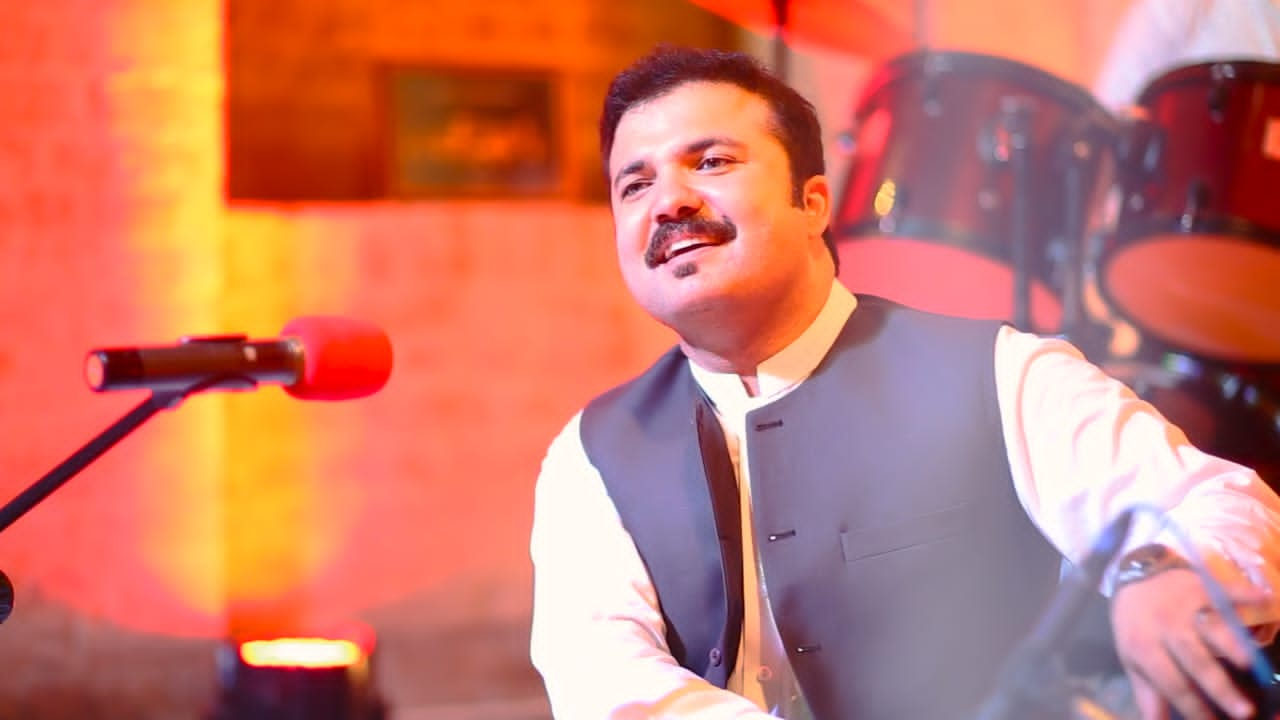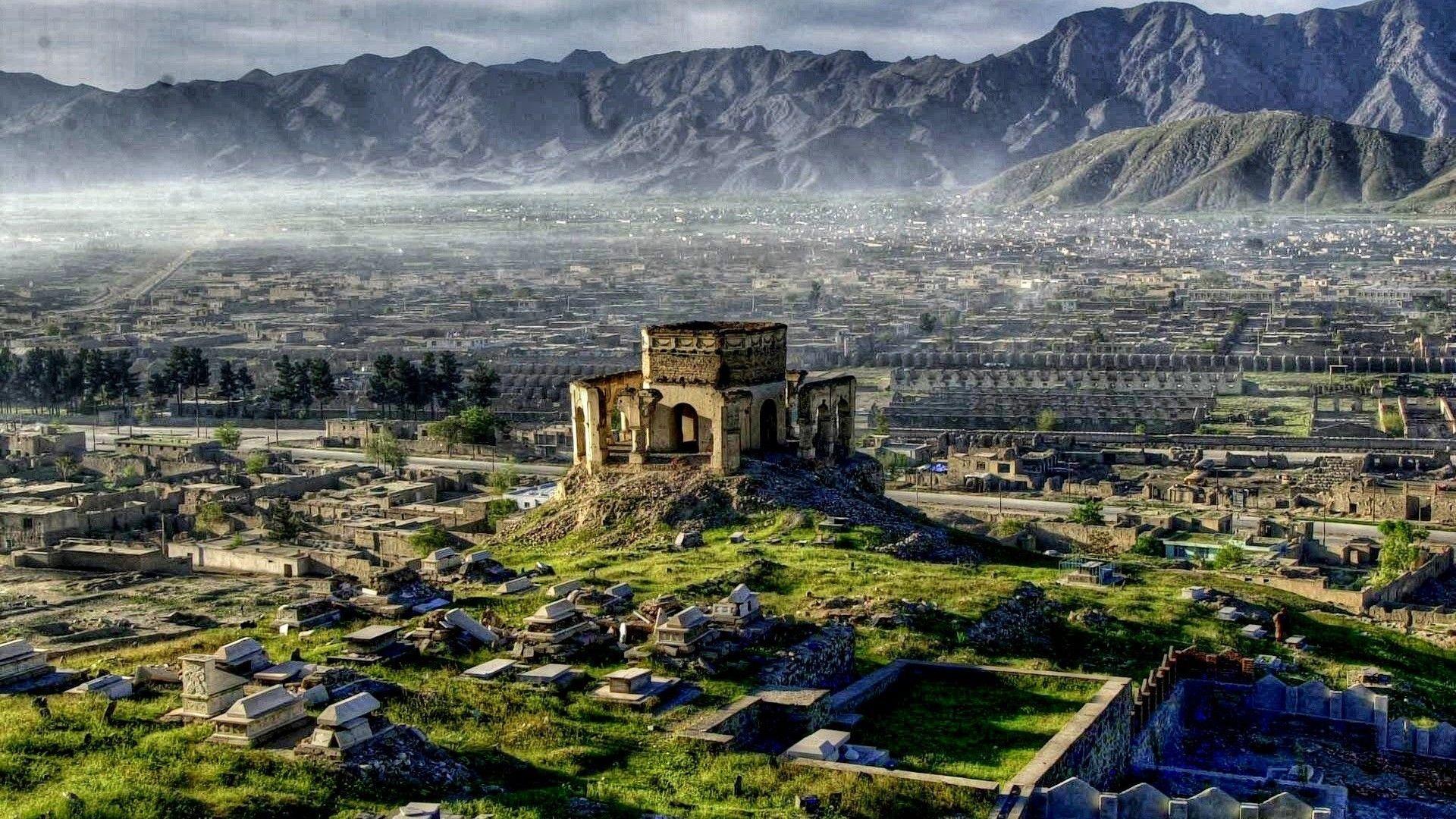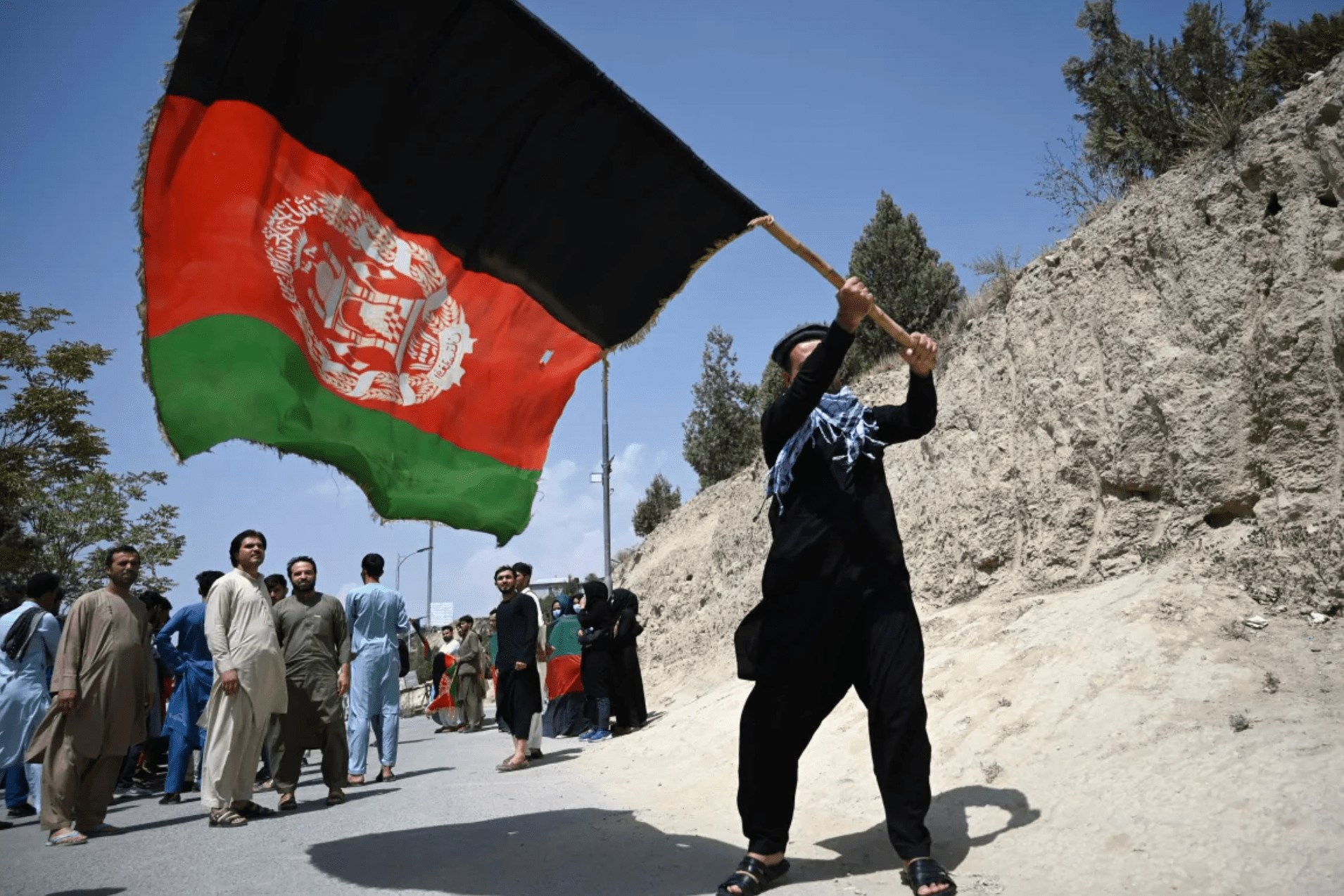The withdrawal of U.S. Military forces from Afghanistan and the consequences
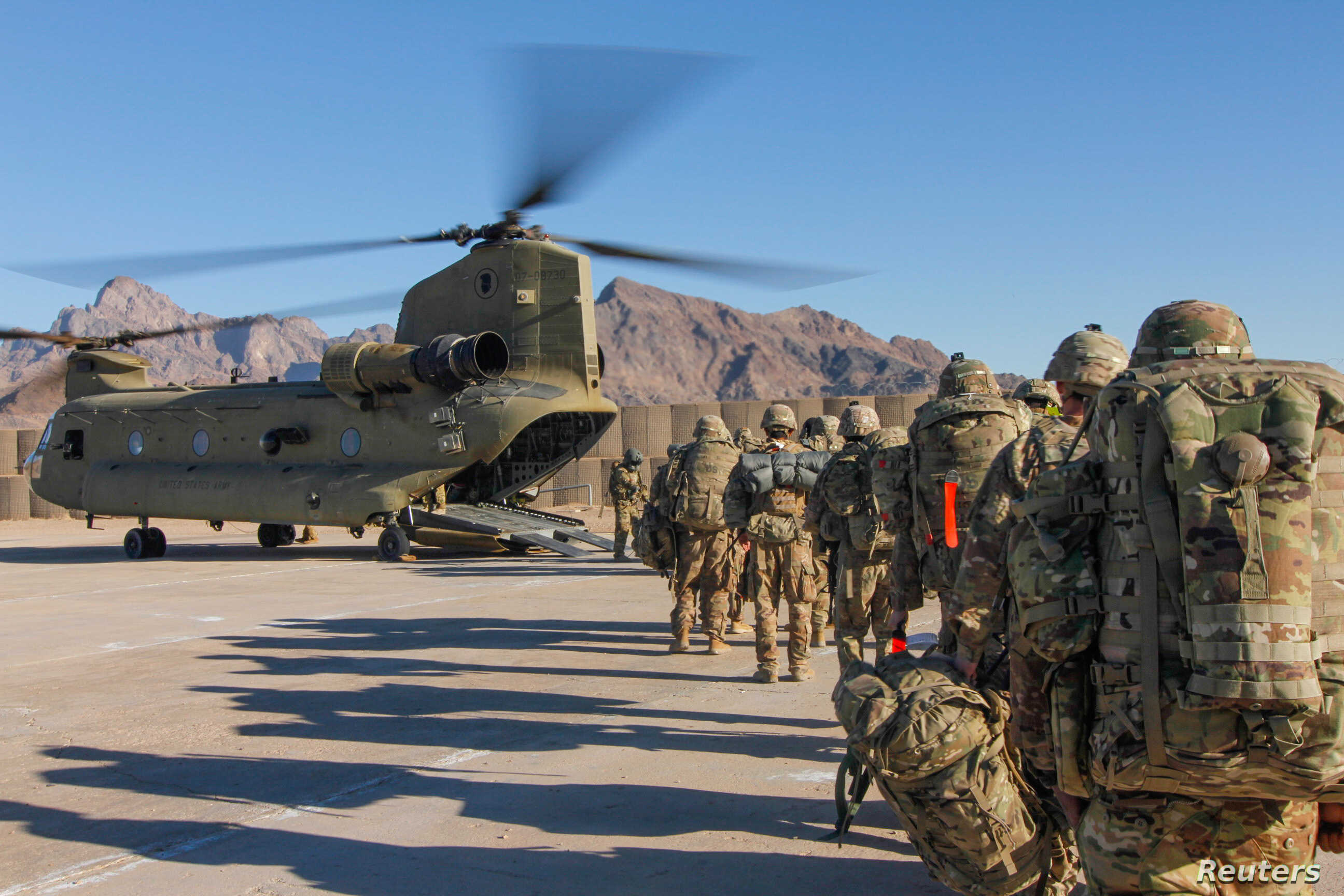
A Research Article by Zarlasht Sarmast
This article analyses the impact of the United States military forces withdrawal from Afghanistan, its impact on Afghanistan, lives of people especially women and of youth. In addition to that, the research focuses on the transformation of power from mainly the U.S. forces and previous Afghan government to the Taliban. Afghanistan is going through almost the same situation it did after the Soviet Union withdrew its forces from the. When the Biden administration announced a full withdrawal of the U.S. military forces from Afghanistan in February 2021, there was a fear among Afghan political leaders and the citizens, especially women. However, no one thought the situation would become this divesting and chaotic in the speed that it did. The thought among people and political leaders was that things will get bad but no one knew the transition would be far from smooth and very dangerous. My research focuses on the main question that is probably in all of our thoughts at this moment: America spent about 20 years in Afghanistan, spent a tremendous amounts of money and according to the U.S. government they did have a strategy to fight the Al-Qaeda and Taliban groups and defeat them. Taliban are obviously not defeated, they are in control of the entire territory of Afghanistan. Why and how after 20 years of hard work, blood of thousands of people Afghanistan is back to square one? What is the longer-term impact of the current changes on Afghanistan? What are the potential implications on the international system? During the first couple of weeks of the Taliban takeover of Afghanistan, my family was in Kabul. I was able to collect some reality from the ground for this article. Before the Taliban took power, my mother worked as an engineer at the National Radio and Television of Afghanistan, my younger sister who was based in Singapore and studying at Yale-NUS college went to Afghanistan over the summer to work on a project at Zawia Media, which was also part of the Presidential Palace’s communications office, she was working as a researcher and project manager, my younger brother was working in the same company as my sister as an animator. Later, after the Taliban took power in Afghanistan, my mother was told not to go to the office until further notice and no one knew when exactly would be that further notice, the same thing happened to my sister, she was supposed to leave Afghanistan and go back to Singapore where she studies at the Yale-NUS college department of physics and astronomy on 25th of August. Like many other students, she was afraid of not ever being able to leave the country again. The only person going to work from my family is my younger brother. Last time I spoke with him was August 30th/2021, he told me that the Taliban has brought a new CEO to their office as well as a few new members who will learn how to work and then they will start working there. He also told me he was told to pray behind one of their Talib colleagues yesterday and so were all the other colleagues at Zawia Media. This is the situation the majority of Afghans is facing. It is the new normal. Some other threats face those Afghans who were relying on the aid from the US embassy in Kabul for example, the U.S embassy scholarships that were provided for Afghan students. So where will this all lead Afghanistan towards? How can a transformation be made in a society where the society itself has reservations from the unsaid because it is a very odd combination going to a country as and at some time the transformation force, failure might have been something pre-programmed. The question for Afghanistan and probably the world was when and under what conditions the country will collapse and to what extent? That question is now answered to some extent but based on the current unclear situation on the ground; we don’t know what is in store for Afghanistan in the coming months and years. Based on the literature review in this research, the situation for Afghanistan is currently somewhat predictable and most predictions suggest that it will get a lot worse in the near future.
This research has been conducted and written ever since the big changes started to take place in Afghanistan. From president Ghani’s second victory of the elections, to President Trump policies towards Afghanistan, the announcement of the full withdrawal of U.S. military forces by President Biden, the withdrawal process and other important events. That is what makes this research unique and interesting. In numerous articles and speeches president Joseph Biden said they are now sure that Afghanistan will not be used to design terror attacks like the one that took place on 9/11. However, how would it be possible? Especially now, considering the rise of IS-PK in Afghanistan and the fact that Taliban are known for not keeping their promises and they will continue to break more promises they have made during the peace talks. Even when the U.S. military forces were present in the country, there were many attacks taking place across Afghanistan and women’s rights were being violated. Now that the U.S has completed withdrawal of its forces, it is very hard to imagine that the achievements of the last two decades can be saved after the withdrawal. It is important to research and hypothesize what the next couple of years have in store for Afghanistan, the countries neighboring Afghanistan and the world. Additionally, should the world be concerned about possible attacks like the one on 9/11? Will Taliban govern longer or potentially forever in Afghanistan or what is now known of the Islamic Emirate of Afghanistan? The impact of this withdrawal on women is not only that they have lost their jobs, cannot go to school or university anymore, will not have any kind of income and cannot get out of the house without a male relative and proper dressing, this withdrawal will have the biggest traumatizing and psychological impact on women and girls, especially those who were working and fighting for women’s rights inside the country and abroad.
There are particular vulnerable groups including those groups of women whose lives are at most risk are the women in the safe shelters that were funded primarily by the U.S. government and NGOs working for women’s rights in Afghanistan. Women in these shelters are those who got out of prison and weren’t accepted by their families, women who suffered from violence and left their homes (runaway), women who were addicted to drugs and many others. They have no place to go, they don’t have a Mahram (male relative) and it’s scary to even think about what might happen to them under the extreme regime of the Taliban government.
The Taliban have already started using different techniques for finding women who used to work for the local and international NGOs that focused on women and their rights in Afghanistan. A few days after the Taliban took over Afghanistan media reported the beheading of four female journalists who were TV-presenters and also worked for an international NGO. The women were called from an unknown number telling them they were included in an evacuation list to be evacuated to Qatar by an international NGO and they were asked to come to a specific location where they met Taliban fighters instead of an evacuation team and were all killed.
Similarly, many women and girls who were protesting to have the rights for education, work, social and political participation were also shot at and beaten by the Taliban members. These are things the Taliban promised not to do before their arrival to Kabul in August of 2021 and was talked about a little bit in Doha too. Taliban have broken many of their promises. They said the new government will be all-inclusive. It is not, every member of the new government is Pashtun by ethnicity except for one Uzbek deputy representative. There are no Hazaras, no Turkmens, no Tajiks, no Sikh and not a single woman is included. Upon their arrival to Kabul, they stated that they will not harm people and they will not take over people’s homes etc. A few days later, they started moving people out of their own property in many provinces across Afghanistan. The people who have been evicted from their homes by the Taliban are mainly Hazaras. This withdrawal affected women and young girls more than any other group in Afghanistan. When the U.S. was present in Afghanistan one of their most important missions was to focus on women in Afghanistan. For 20 years the US working for women in Afghanistan kept telling them that they have rights, they can study and get an education, they can work and be an active part of the society and then just like that left most people behind with their lives in danger and withdrew from the country. The people of Afghanistan have been treated like toys. The U.S. involvement in Afghanistan as it is clear now was purely and solely for U.S. interests. Now that we see the situation, for the past twenty years, neither the U.S. government nor the Afghan government managed to secure those achievements. Of course there were remarkable achievements as well, like participation of women in social and political affairs in Afghanistan, education and many other important things. However, it is all lost now.
What could the U.S. do in Afghanistan in order to control the situation, should it have stayed indefinitely? That would not be easy especially when the Taliban have been gaining more and more power in the country and that makes it clear that if the US planned to stay longer than they said they would, then we would witness the escalation of violence. So leaving and the withdrawal was the right choice for the United States. The U.S. left the same way the first came into the country and that is: they focused entirely on U.S. interests. Additionally United States did not pressure the Pakistani supporters of terrorism in fear they might lose ground in Afghanistan. Looking at the current situation, especially at the U.S. and Taliban peace agreement and its failure one can say that what happens in Afghanistan is because of the decisions of the U.S.
The main promise made in the peace deal by the Taliban was that they will not attack the U.S. personnel. Right after the deal was signed, according to New York Times, they carried out at least 76 attacks across 24 provinces in Afghanistan. They also launched assassination campaigns of government officials, journalists, human rights activists and civil society actors. One of these human rights activists they killed was my friend Fatima Khalil, who had graduated from the American University of Central Asia and started working at the Human Rights Commission in Afghanistan. She was murdered with a magnetic bomb in her office car. Many others became victims of targeted killings like Fatima Khalil. However, throughout this entire time, they have managed to somehow show themselves in a more modern flattering light something that continues to this day. The Afghan and U.S. military backed off so quickly that they left behind boxes of new army equipment that are now under the control of Taliban. Could the U.S. e-mail or reach out to the Taliban complaint department about this? There is nothing like that in the Taliban government. They can’t even use telephones properly. Based on the surveys collected for this research, the majority of Afghans say this was a betrayal of the promises made to the Afghan people while some believe no one is to be blamed, it is better now that the Taliban took over because at least there will not be any more attacks in places where civilians will be killed. However, this too was nothing but just a believe among people. Even after the Taliban takeover, there were many attacks where civilians were killed.
Looking at the data and the current situation there are many things to take away but two in particular: Suicide attacks and civilian casualties will decrease or come to an end soon. However, other important points like equal education, economy, employment and many other things will remain disastrous in the coming years. It just seems the dark days of Afghanistan are just starting because ever since the Taliban takeover, the situation is getting worse and worse and the entire world: other countries, the UN and everyone is silent. There are no official statements and there is no recognition that makes the case clear.
- 2022 Mar - 28



